Determination of the evolution of residual stress in nuclear graphite with irradiation
Principal Investigator
- Name:
- Boris Khaykovich
- Email:
- [email protected]
- Phone:
- (208) 526-6918
Team Members:
| Name: | Institution: | Expertise: | Status: |
|---|---|---|---|
| Lizhen Tan | |||
| Tianyi Chen | |||
| Lance Snead | Stony Brook University | Ceramics, Nuclear Fuel Fabrication, Additive Manufacturing, Nuclear Fuel, Silicon Carbide (SiC) | Faculty |
| David Sprouster | Stony Brook University | Ceramics, Instrumentation, Synchrotron, Metallurgy, Radiation Damage, Material Characterization, Nanoanalysis, Reactor Pressure Vessel, Irradiation, Ferritic Martensitic Steels, ODS | Faculty |
Experiment Details:
- Experiment Title:
- Determination of the evolution of residual stress in nuclear graphite with irradiation)
- Hypothesis:
- The objective is to determine irradiation-induced changes in residual stress in complex machined nuclear graphite parts. Residual stress in nuclear graphite is a result of the graphitization process and the machining process. The stress both builds and relaxes with irradiation and there is a need to validate core structural codes. We will investigate if neutron diffraction can be used as a validation tool for such codes.
- Work Description:
- We will measure the residual strain of machined graphite parts, both irradiated and pristine. The samples were irradiated at the MIT Reactor at 400 C for two cycles (about five months). Neutron diffraction measurements will be conducted using SMARTS diffractometer at LANSCE with the gauge volume of 2x2 mm2. The scans will be done along two linear trajectories, about 15 points each, about 1 hour per point.
Project Summary
The objective of this RTE is to determine irradiation-induced changes in residual stress in complex machined nuclear graphite parts. Residual stress in nuclear graphite is a result of the graphitization process and the machining. The stress both builds and relaxes due to irradiation. There is a need for accurate predictions of the strength of graphite components, its evolution with irradiation, and as such for validation of core structural codes. Currently, there are several distinctly different stress analysis codes for graphite components. No consensus, unified stress analysis code for graphite components has been verified and validated, in part because of difficulties in direct high-resolution measurements of the residual stress of complex structural components. The significance of this proposal is in capability demonstration for such measurements. We will measure the residual stress in machined graphite parts before and after irradiation by neutron diffraction, a golden standard and the most direct way of residual strain measurements. Such capability, if successfully demonstrated, will be later used to validate the codes and establish benchmarking procedures. The project will take about nine months, including preparing and shipping the samples to SMARTS neutron diffractometer at Los Alamos Neutron Science Center, measurements at SMARTS, and data analysis and interpretation. The outcome will be the residual strain maps of machined graphite, and their evolution with irradiation.
Relevance
Graphite is a fascinating and complicated material, which has been playing a prominent role in nuclear reactors since the very early days of the Chicago Pile and until today. While graphite was, in fact, the first nuclear material studied, changes in its mechanical properties due to irradiation are difficult to predict. By demonstrating a new capability of measuring the residual stress for structural code validation, this project addresses the knowledge gap of predicting the mechanical properties of nuclear graphite. As such, the project advances the DOE NE mission by both to enhance the long-term viability of the existing U.S. reactor fleet and to develop an advanced reactor pipeline. This project builds on previous nuclear-graphite investigations that resulted in existing codes. It has direct synergies with an existing DOE ARPA-E project at Stony Brook University.
Research Report
Please wait
About Us
The Nuclear Science User Facilities (NSUF) is the U.S. Department of Energy Office of Nuclear Energy's only designated nuclear energy user facility. Through peer-reviewed proposal processes, the NSUF provides researchers access to neutron, ion, and gamma irradiations, post-irradiation examination and beamline capabilities at Idaho National Laboratory and a diverse mix of university, national laboratory and industry partner institutions.
Privacy and Accessibility · Vulnerability Disclosure Program

